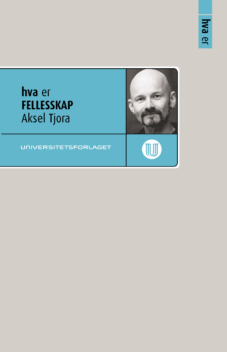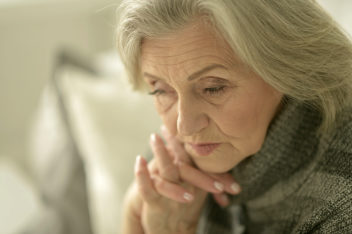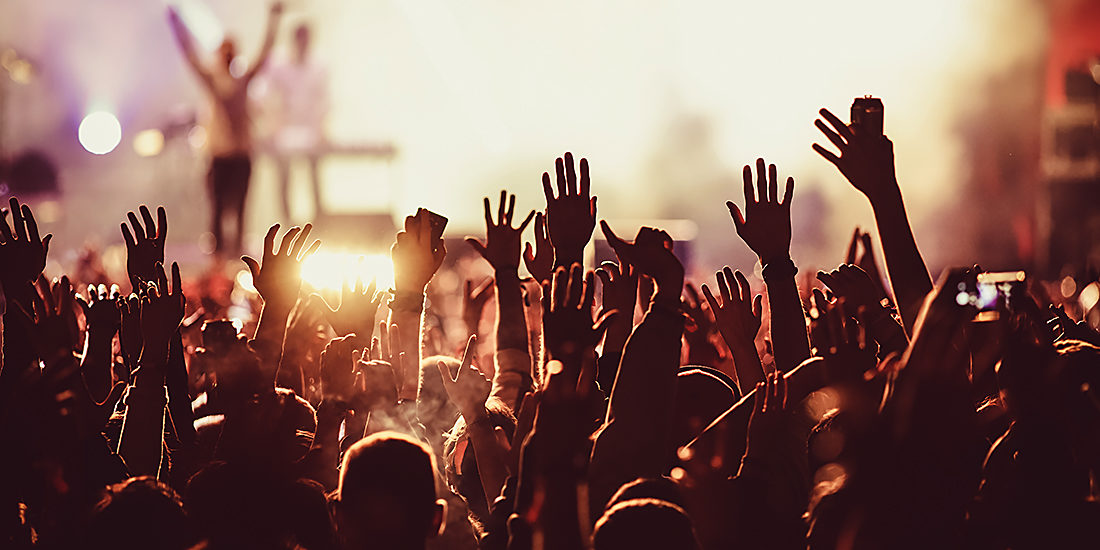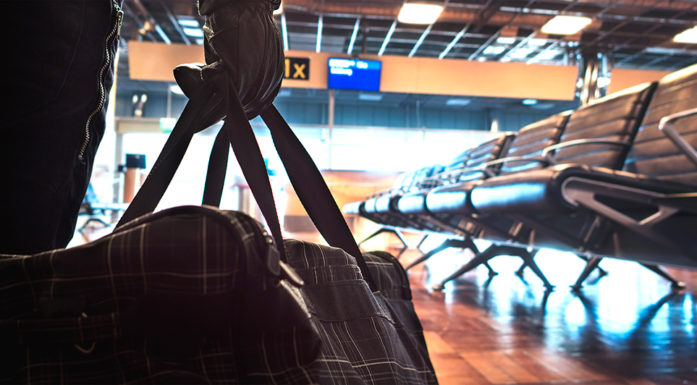What is community, really?
A community can be anything from people gathered at the same type of music festival to commuters who recognize each other on the train, a quick meeting with colleagues in the cafeteria or an online chat group.
Sociology professor Aksel Tjora has studied the phenomenon of community for a long time. He believes it’s an inherent human trait to seek belonging and being part of something bigger than oneself.
“We know pretty quickly if we’re part of a community or not. At the same time it’s difficult to put your finger on all the factors that create this experience. It’s a complex concept,” he says.
- You may also like: Your new office serves lattes
Feeling of being together about something
According to Tjora, fellowship isn’t something that is simply there; it’s linked to action. A community can range from people gathered at the same type of music festival, to commuters who recognize each other on the train, to a quick meeting with colleagues in the cafeteria or an online chat group.
“Community is linked to the experience of one’s own and others’ activity, so if you experience being part of a community, the community is real,” he says.
Tjora is a professor in NTNU’s Department of Sociology and Political Science and has spent the last eight to nine years studying communities. His work has resulted in the book Hva er felleskap (What is Community), with the goal of giving the word “community” more specific content.
In order to understand the term and define it further, Tjora considered seven factors as sources of community. In the book he looks more closely at community as:
- unity
- integration
- interaction
- identification
- communication
- work
- physical presence
Talking with others important

Axel Tjora has studied the concept of community for nearly a decade. He’s distilled the essence of his research in a new book entitled “Hva er felleskap?” (What is community?).
Community is not exclusively positive. You can also find destructive communities that motivate harmful actions, such as anorexia groups on the Internet where the goal is to attain as low a weight as possible, or communities that cultivate violent or extreme attitudes and actions.
“[Destructive] communities like this arise by the same mechanisms as positive communities, for example through a working relationship or volunteer work. You can also experience community based on identification, like when you find that you have something in common with certain individuals, or if you feel aligned with others who are struggling to join a group,” Tjora says.
Feeling like an outsider in different community groups can lead to negative consequences like loneliness, but it can also foster associations with groups that band together against what they perceive as the majority community. Both reactions can have negative consequences, including conflicts, destructive behaviour and bullying.
- You may also like: Support, comfort from online weight-loss group
Threat to the community
“Greater inequalities among people pose the biggest threat to community building,” says Tjora, referring to the increasing economic differences between wage earners and people who live off their investments, especially in England and the United States.
Norway faces challenges related to community, too. Work has been one of the main areas where people have found a sense of belonging, but work situations are changing dramatically. Tjora is concerned about rising unemployment in southern Europe, and although a majority of the population in Norway is still employed, he sees problems related to the working community and individuals who for various reasons become alienated, including an increasing degree of loneliness among retirees.

When you retire, you lose a community. More and more retirees feel lonely. Illustration photo: Shutterstock
“The loss of safe workplaces is a major threat to a sense of community. Working life is imposing stricter demands, and more people are finding themselves on the outside,” Tjora says.
Expand concept of work
He thinks the solution may be to redefine the concept of work.
“We should broaden the idea of what work is to include volunteer work and different forms of participation in civil society, which could include retirees and individuals on disability. This increases the experience of being important for some purpose beyond oneself,” says Tjora.
Wouldn’t take much
Tjora hopes his book can be used constructively in connection with the workplace, schools and education, in order to better understand and safeguard the community so that fewer people experience social exclusion and isolation.
“An important premise is the communication that is implicit in community, not just explicit conversation, but also small signals of recognition like a nod, a look or a smile. The book points out that it doesn’t take that much to create or maintain community, but we all have to share responsibility for it,” says Tjora.






